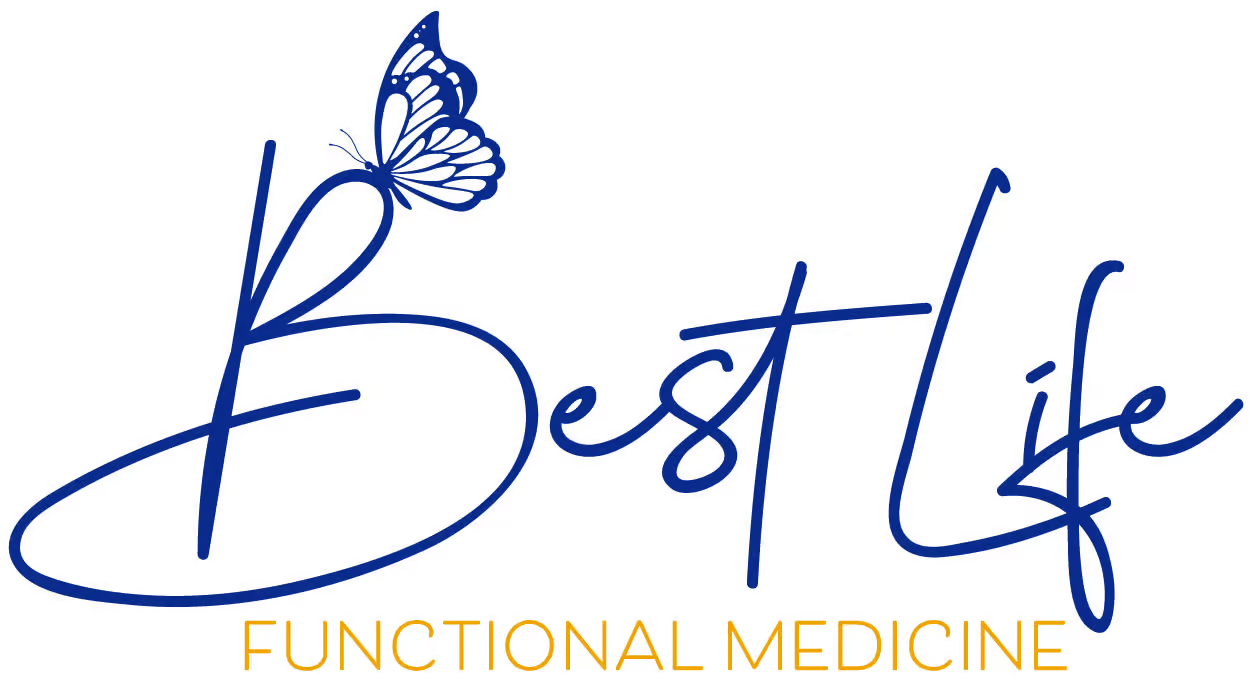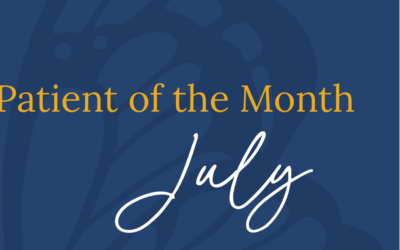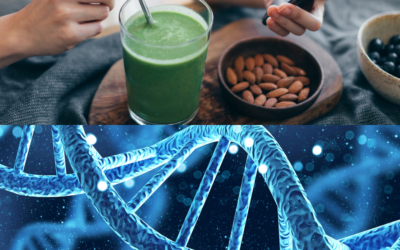Addiction can plague everyone. Some might seem like they “have it all figured out” or could never succumb to addictive habits, but the truth is, everyone experiences some type of addictive tendency in their lifetime and no one is immune to its effects.
Addiction spans across a wide range of areas and is subjective to the individual and their chosen habit. Habits can be substance related but also behavioral like spending money, shopping, eating food, traveling, playing video games and even working. While individual differences are present in terms of who becomes addicted to what and how, there are common neural pathways in our brain that process addiction the same way. This, in part, largely has to do with the molecule dopamine.
In this post, I talk about how we can approach addiction from the angle of dopamine management. We’ll explore dopamine’s role in developing addiction, why pain/pleasure have to be in equilibrium in order to break the addiction cycle and how we can manage dopamine for healthier and more sustainable long-term pleasure.
How do we get addicted to stuff in the first place?
Human beings are hardwired to seek out pleasure and avoid pain. Interestingly, this innate mechanism has naturally evolved over time to help protect us and to encourage us to seek sustenance in a world of scarcity.
It’s true that modern times have blessed us in more ways than we imagined, but the amount of choices, opportunities and demands we have are endless. And when you combine this overabundance with chronic stress, it more often than not leads to addictive behaviors in people who, at the end of the day, are just trying to find a way to cope in an over-stimulated world.
All of this to say that while the modern day brain is certainly capable of adapting, just like it has been for centuries, it’s having a harder time adapting as quickly as we’d like it to in today’s fast-paced environment.
Our brain simply isn’t hardwired for immediate gratification or overabundance but rather for random bouts of pleasure and scarcity. In order to numb the pain or constant stimulation, we tend to seek more pleasure to compensate, and when we compensate with more pleasure, we feel more pain, creating a vicious cycle, also known as addiction.
What’s dopamine’s role in addiction?
Dopamine is a neurotransmitter that sends signals from one neuron to another. It’s probably one of the most important of the “big 6 neurotransmitters” when it comes to our experience of pleasure, motivation and reward. Dopamine is about wanting and not having.
As Dr. Anna Lembke, American Psychiatrist and author of Dopamine Nation says, “We all have a baseline release of dopamine, and when we ingest certain substances or engage in certain behaviors, our dopamine either goes up or down in response to that substance or behavior”. So why does this happen?
In a recent interview with NPR, Dr. Lembke went on to explain how the same areas of the brain that process pleasure also process pain and that pain and pleasure live in equilibrium and want to remain in homeostasis. Here’s an example she illustrates:
Picture pain and pleasure on a teeter totter. You eat a piece of chocolate and feel really good afterward. Your dopamine spikes above baseline level and the teeter totter gets tilted just a little bit toward the side of pleasure. But, remember, your brain’s pain/pleasure mechanism wants to stay in balance.
So what does the brain do? It adapts to the presence of that pleasurable stimulus by tipping the balance in equal and opposite amounts to the side of pain. What happens then? This produces the after effects of doing something pleasurable or the “comedown”, or in most cases, that moment of wanting a second piece of chocolate. Now, if we wait long enough, that feeling passes and homeostasis is restored.
Now, in a perfect world, we would have the discipline to wait until balance is restored, right? But most of us don’t do this. Instead, we go after more, and more, and more, until the side of pleasure is always tipped over, causing pain to always be tipped over on the opposite end.
So even though we’re constantly feeling pleasure, there is always that part of our brain that says “Hey, slow down, you’re enjoying yourself too much, let me put the brakes on that pleasure for you by making you feel pain now”. Again, our brain isn’t trying to hurt us, it’s trying to protect us by doing its job.
The “pain” or “comedown” is subjective and can be anything from restlessness to irritability or simply wanting to recreate that pleasurable feeling. And the interesting part is that most of the time we aren’t even consciously aware of this after effect or comedown, it can be very subtle.
Ways to Manage Dopamine
So now that we understand why we feel down in the dumps after eating sugar, coming back from vacation, or scrolling social media, let’s talk about ways we can prevent these constant highs and lows to keep our pain and pleasure in balance. One way is by managing the release of dopamine through these 6 strategies:
Tip 1: View early morning sunlight & avoid artificial light from 10pm-4am. Studies have shown that viewing morning light (for as little as 2 minutes to 30 minutes) has the ability to increase baseline dopamine for hours. On the other hand, bright, artificial light can drastically reduce the amount of circulating dopamine in our system.
Tip 2: Consume tyrosine rich foods. Tyrosine is an amino acid building block of dopamine. Consuming foods rich in tyrosine can help support your body’s natural dopamine production and keep it at baseline. Simply do a google search to learn more about tyrosine rich foods.
Tip 3: Practice Intermittent Reward Timing (RIRT). Just like intermittent fasting calls for restricting food for a certain period, intermittent reward timing calls for restricting rewards from time to time. What this means is that we don’t have to celebrate every win or every milestone. Sometimes we can enjoy and celebrate, and other times, at random, just keep going.
Tip 4: Know your triggers. Understanding what truly triggers your addiction can be an excellent way to bring awareness to yourself so you can stop it in its tracks. Paying attention to triggers and working through them takes time and effort, but the more you practice, the easier it will be in the long run.
Tip 5: Wait out the urge. Just like Dr. Lembke explained in the example above, if we give it time and wait it out, equilibrium can be restored. Obviously, this is easier said than done, but with taking small actions every day, we can be well on our way to managing any type of addiction, big or small, without it managing us.
Can we ever fully treat addiction?
Once someone is addicted to something, they can never really be “unaddicted” to that substance or behavior. Once your brain has gotten a taste of the substance or behavior, it kind of lives dormant in the brain until the next trigger occurs. That’s why being mindful of triggers and managing dopamine go a long way in one’s recovery process. Managing addiction is a lifetime effort but one that is possible through patience and perseverance.
Written by Health Coach Lydia, NBC-HWC





